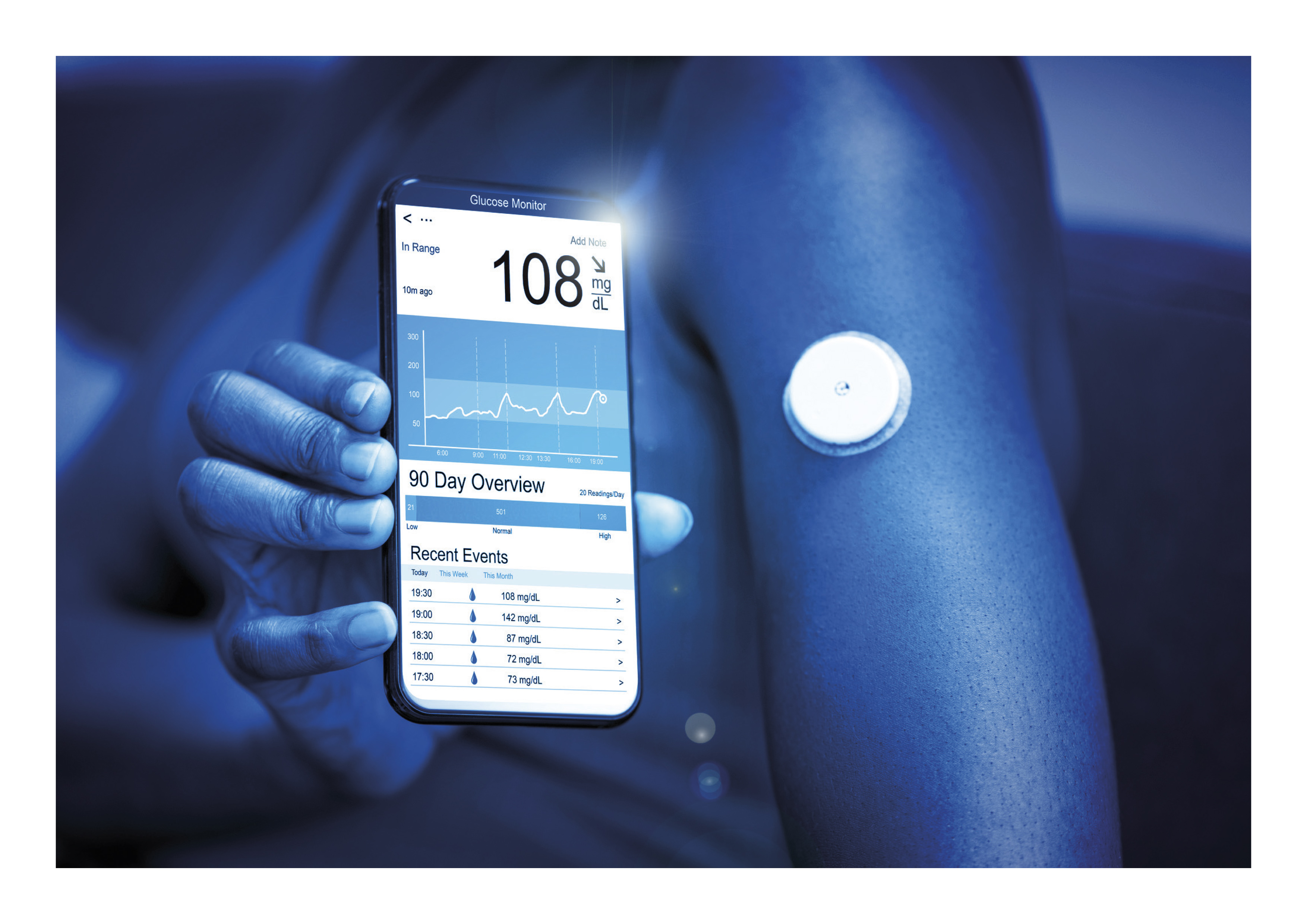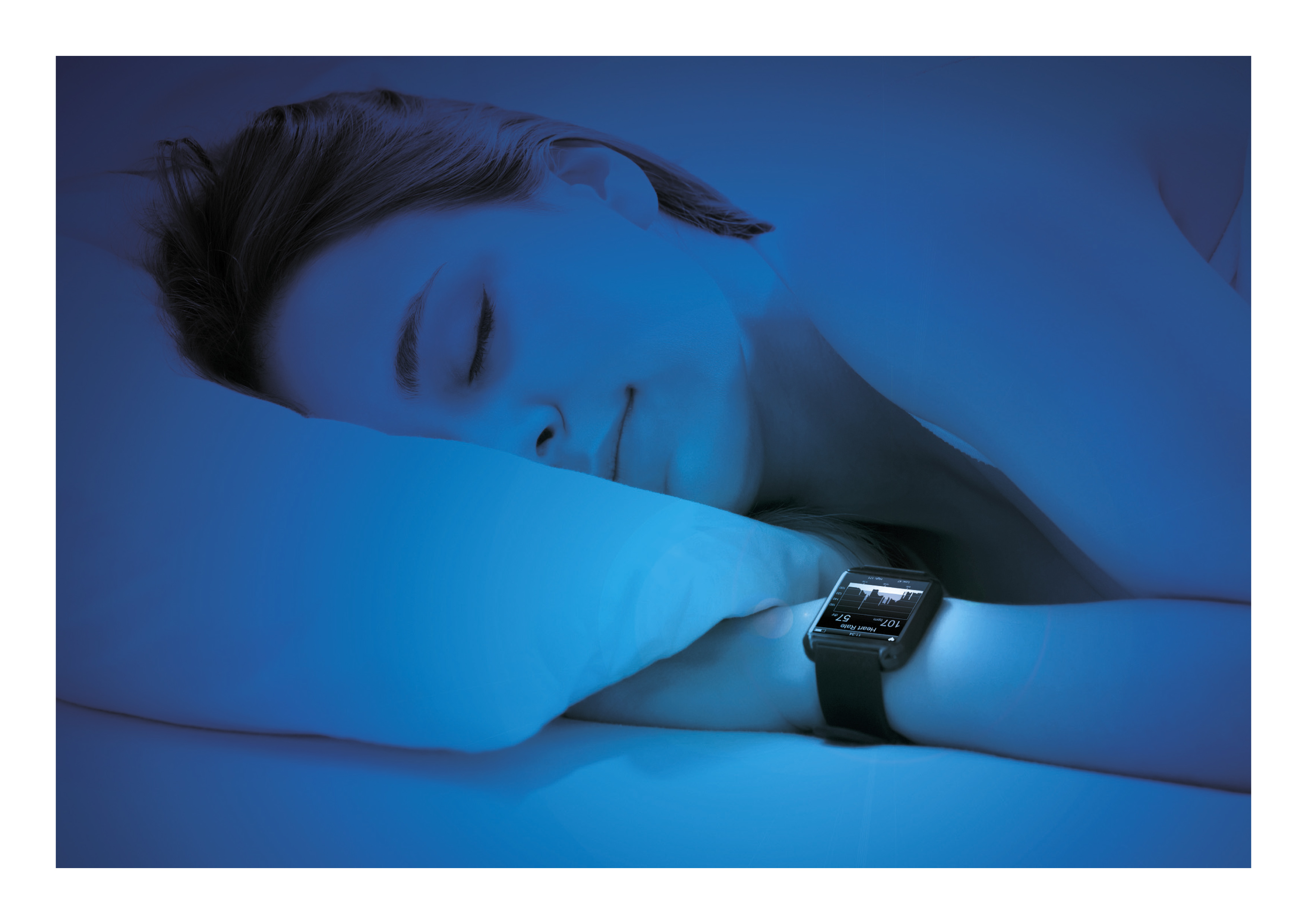Remote patient monitoring - the key to better, data-driven healthcare
Remote patient monitoring is revolutionising healthcare. The Internet of Things (IoT), with its wearable sensors, connectivity, and big data, is yielding more effective health monitoring and disease prevention.
By Mark Patrick, Mouser Electronics
This new, data-driven approach to healthcare can also streamline costs by reducing in-person medical appointments and hospital admissions. This article looks at some of the latest and most innovative wearable sensor technologies at the heart of this transformation.
Introduction: What Is Remote Patient Monitoring?
Remote patient monitoring is an IoT-based approach to medical care where smart, connected devices and big data play a significant role. It revolves around a connected healthcare ecosystem where apps, devices, and people interact and connect.
Today, wearable medical devices with sensors and actuators can already monitor a patient’s health continuously and in real time. They can collect this critical data anytime, anywhere, whether the patient is at home or in the hospital. They can then transmit this vital data to health professionals, wirelessly, via cloud-based platforms. Any changes in vital signs are immediately flagged up, enabling a faster, more targeted intervention.
In-home monitoring combined with remote diagnostics and consultations can deliver faster, more efficient healthcare solutions. The goal is to prevent and treat diseases more effectively while reducing hospitalisations and improving the patient experience.
The Rise of IoT-Based Healthcare
The IoT is one of the key drivers behind remote patient monitoring growth, expected to continue at a rate of over 8.7% a year. The ‘IoT in healthcare’ market size is set to more than double over the next five years, from $72.5bn to over $188bn.
So, why is remote patient monitoring in such high demand?
Firstly, population ageing and the growing incidence of age-related chronic illness put healthcare systems and resources under unprecedented pressure. According to the WHO, the number of people over 60 will more than double to 2 billion by 2050. This number makes up 22% of the world’s population.
Secondly, there is a trend toward a value-based healthcare model. Increasingly, quality of care (how patients fare) rather than quantity (number of tests, visits, or procedures performed), drives financial incentives.

Faced with these challenges, more and more healthcare providers are turning to technology. The IoT allows them to work more closely with patients for more effective chronic disease management, deeper engagement, and more open communication.
With big data, healthcare providers can accumulate and analyse a much larger population base, opening up new areas for research and treatment opportunities.
And the integration of IoT features into medical devices is improving the quality and effectiveness of healthcare, especially for the elderly, patients with chronic conditions, and those requiring constant supervision. Let’s now take a closer look at some of these technologies.
Wearable Sensors Enable Better, Data-Driven Care
The clinical application of wearable medical technology is evolving rapidly. Increasingly, technology companies are partnering with healthcare providers. Helping patients and clinicians make better, data-driven decisions. Examples of applications include:
- Remote monitoring of sleep and vital statistics for bedridden patients.
- Gloves with Bluetooth sensors that help stroke sufferers with neurological and musculoskeletal injuries regain mobility in their hands.
- Painless and accurate glucose monitoring.
- Continuous temperature monitoring devices (such as chest straps) for babies and young children, post-operative patients, cancer patients, and the elderly.
- Headband and/or earbuds - measuring discomfort in the user’s electroencephalography (EEG) system for better pain management.
- AI-based wearables such as smartwatches that recognise and normalise dangerous health conditions such as sleep apnoea.
- Smart glasses that help the blind see and talk them through situations.
Common to most of these technologies is the design for remote, self-monitoring, home-based patient care. Sensor technology plays a vital role in many of these healthcare applications.
Electronic systems in medical equipment, devices, and probes rely on sensor signals to enable accurate monitoring, diagnosis, and treatment. A significant application is cardiovascular monitoring and diagnosis sensors, including photo optic sensors that measure blood oxygen saturation (SpO2) and pulse.

A low oxygen level can put a strain on cell functioning, including in the heart and brain. If it goes undetected, it can put a patient at risk, especially in acute medical situations such as post-surgery recovery.
Optical SpO2 components enable non-invasive, continuous monitoring of blood oxygenation levels.
Some of the latest technology delivers high accuracy thanks to a tighter red LED wavelength tolerance of up to 660 nm ± 2 nm. It is made possible by emitters, spectrally matched to function with a detector.
Flexibility is an important consideration when selecting Optical SpO2 sensors. For example, some of the latest technology comes with emitters with three different IR LED wavelength options: 880 nm, 905 nm, and 940 nm. Dual-drive emitters accommodate two different LED wavelengths (both Red and IR), without compromising on size or low power consumption.
Conclusion: The Future of Remote Patient Monitoring
The trend towards remote patient monitoring is here to stay. The proliferation of IoT devices, wireless connectivity, and big data will continue to push medical care boundaries. More effective and accurate health monitoring will increasingly make healthcare more preventive, predictive, and personalised than ever before.
It will also play a significant role in improving efficiencies and reducing costs when the healthcare sector is under unprecedented pressure. Advanced sensor technology is the unsung hero of this transformation and will continue to pave the way for smarter, better patient care.










